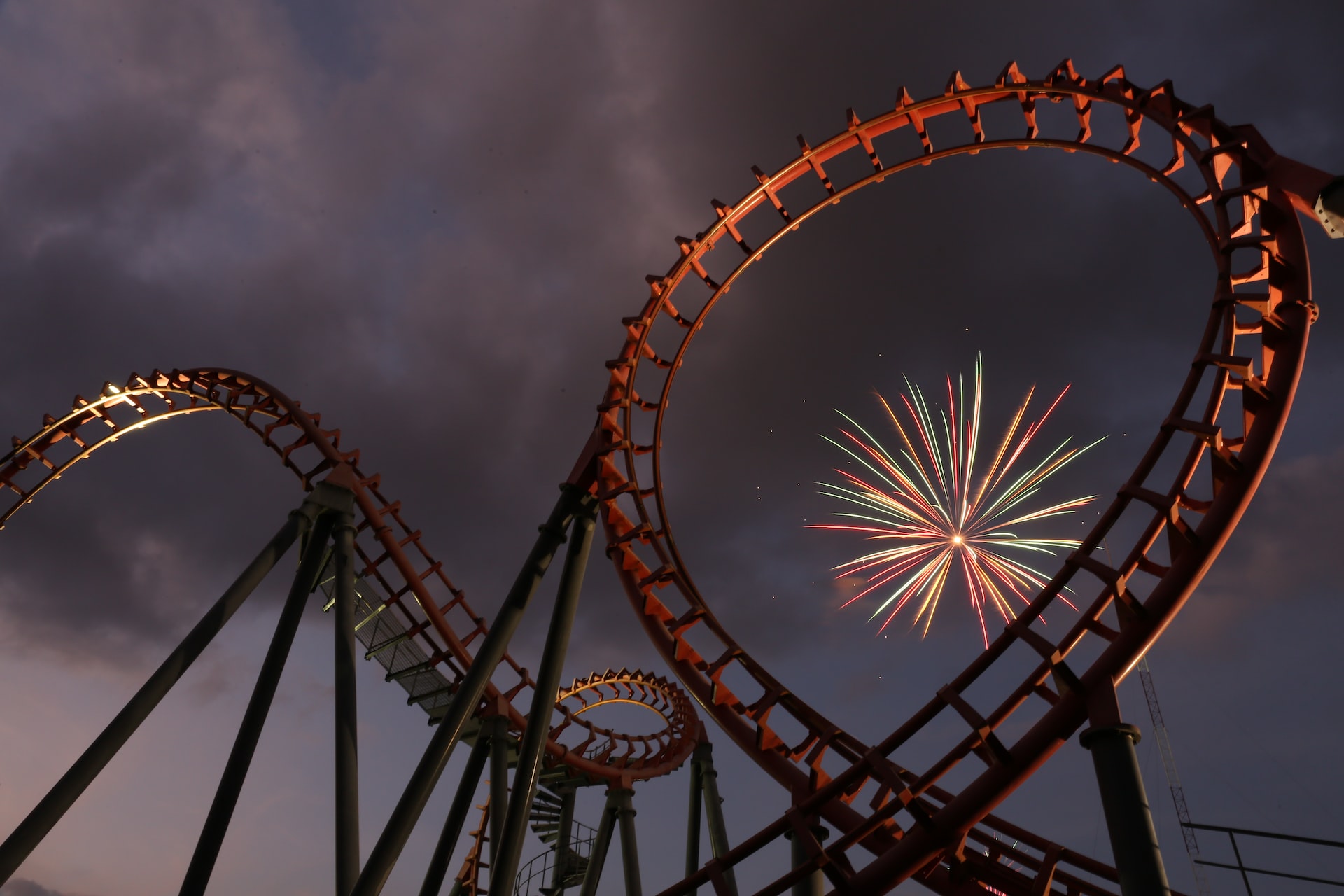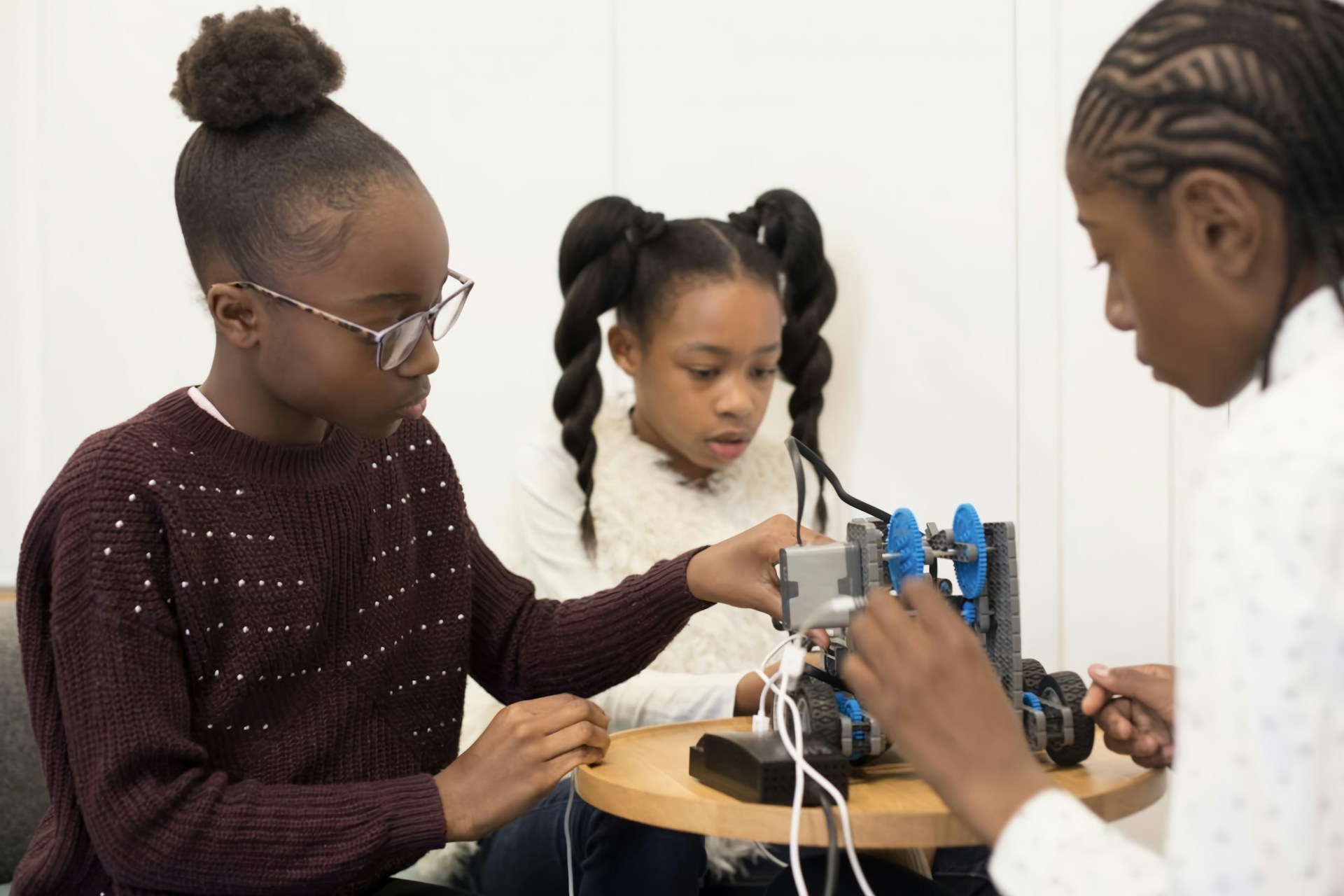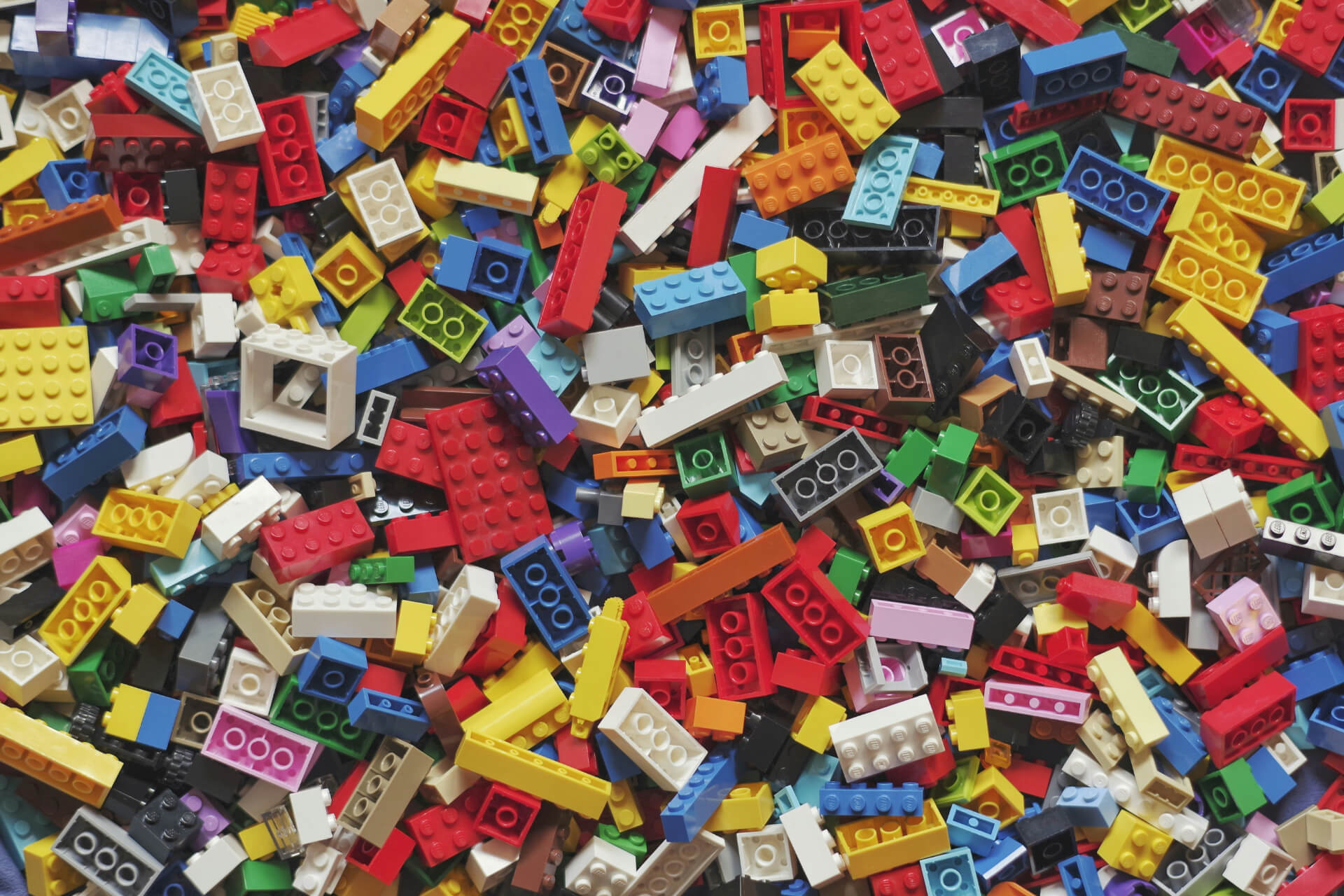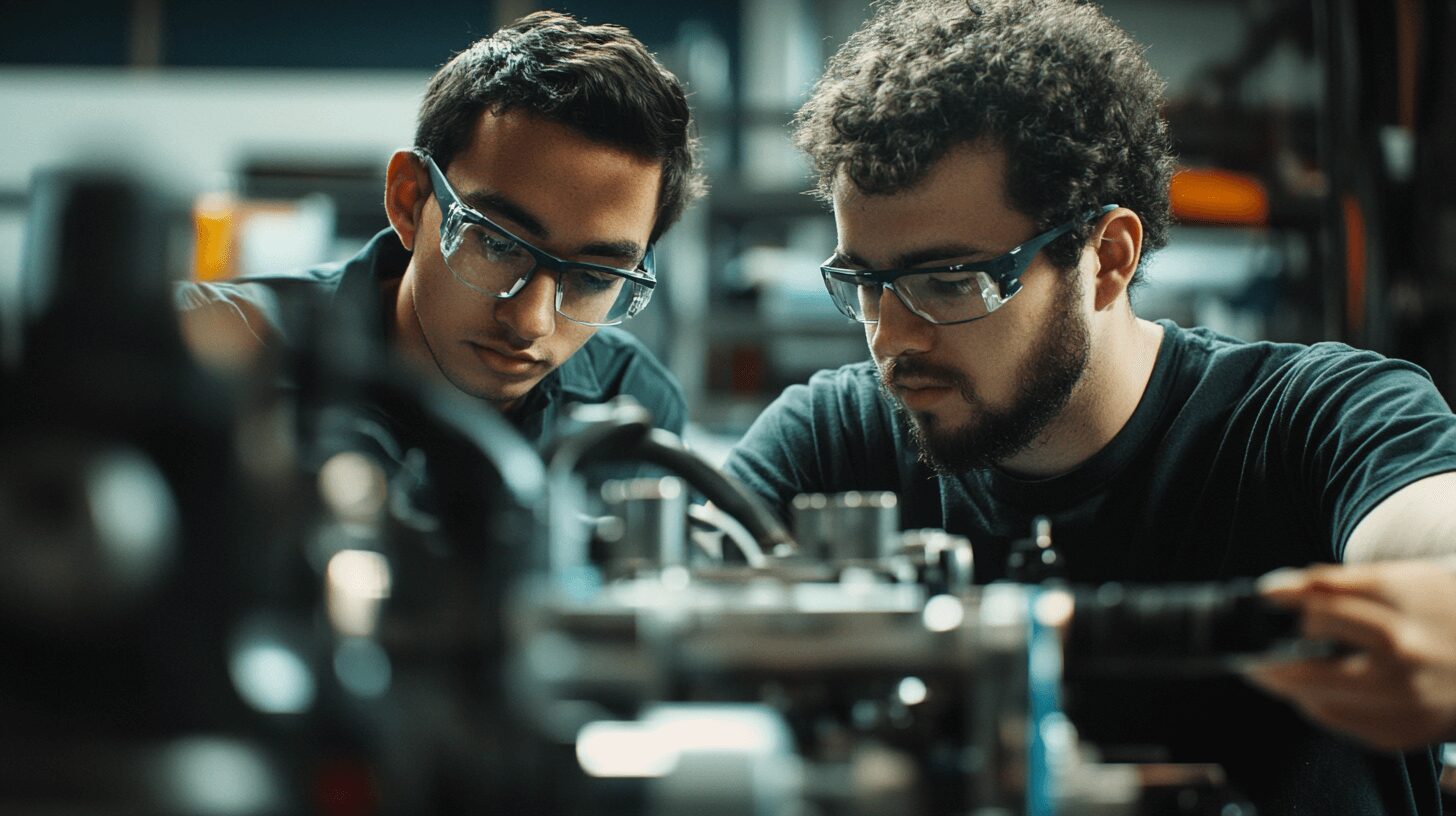
AI, IoT and the Astonishing Future Roller Coaster Design
February 23, 2023 - Emily Newton
Revolutionized is reader-supported. When you buy through links on our site, we may earn an affiliate commission. Learn more here.
Roller coasters have been a mainstay in human entertainment, with origins going back over 200 years. In the 1600s, Russians built ice hills where people could slide down on specially crafted wooden boards. By the early 19th century, the French created what people would recognize as a modern roller coaster design. The track locked down the cars, and the rails keep the cart in line.
Since then, roller coasters have come a long way. It’s common to see these rides top well over 400 feet in the air, with speeds eclipsing 100 miles per hour (mph). Innovations have made these rides safer and more efficient. So, what’s next for roller coaster design? How does artificial intelligence (AI) play a role?
How Did the Pandemic Affect Theme Parks?
The future of theme parks and roller coaster design comes out of necessity in innovation. The COVID-19 pandemic shut down many theme parks nationwide because of local regulations. For example, theme park attendance dropped by over 80% in places like Southern California. Parks like Disneyland, Knott’s Berry Farm, Six Flags and Universal Studios suffered in the pandemic, forcing theme parks to find innovative ways to bounce back after officials lifted the regulations.
Even as the pandemic seems to wind down, theme parks have become more cautious in their safety measures. Temperature checks, mask and vaccine requirements for employees and other rules help, but developers are looking to the future of roller coasters: AI.
How Can AI Influence Roller Coaster Design?
AI has a significant impact across industries. Its ability to create exact diagnoses and predictions makes it an invaluable asset for humans. The same holds in the world of theme parks. AI and machine learning (ML) can create unique layouts and innovative designs for roller coasters that can one-up what humans can do.
Roller coaster engineers can teach an AI program how to design a roller coaster. For example, James St. Onge, creator of the YouTube channel Art of Engineering, developed a program that could create roller coasters by using ML. In the video, St. Onge’s program learned how to generate realistic splines from a neural network, use a physics engine for roller coasters, score each ride with a quantitative value and use an ML algorithm to optimize behavior.
The program, CoasterAI, uses many roller coaster designs and runs simulations to determine what are the best blueprints. The AI program learns more about designing because of ML and gives a final design. If the user is satisfied with the design, they can export it to another roller coaster design software, such as NoLimits.
How Will AI Change the Roller Coaster Experience?
As the world slowly escapes the pandemic, theme parks are looking for ways to make the experience fun and safe for families. They’re doing it with augmented reality (AR) and virtual reality (VR). With these technologies, patrons can feel like they’re on a roller coaster ride without stepping onto the machine.
In London, people at a theme park convention got a glimpse of the future of roller coasters. They put on VR headsets and got the first-person point of view inside a monster truck as it drove on a course. This type of entertainment gives users a peek into the dark ride experience, a roller coaster intended to carry people through a path with special effects and animations.
One drawback of this technology is some people will miss the authentic theme park experience. Theme park visitors enjoy intimate experiences with their families and friends, and they may be unable to get that same experience with VR and AR. However, some tech companies attempt to recreate the experience through AI. For example, some rides have users put on their headsets before the ride, allowing them to get on and off the machine as they would in real life.
How Do Theme Parks Use IoT?
The pandemic spurred innovation to track guests throughout the park and enhance their experience. One example is Disney parks utilizing the internet of things (IoT). In 2021, Disney unveiled MagicBands that guests can use around the resort. People use their IoT gadgets to enter the parks, redeem dining plan credits and unlock their hotel rooms on the resort grounds.
These bands also serve a purpose for the park. With guests wearing MagicBands, the park can track people around the park and collect data on trends. With these gadgets, Disney parks could see what rides and attractions people are going to during what part of the day. The venues can configure ride hours with this data to serve the customers better.
IoT can also significantly affect how theme parks put guests in immersive experiences. Staying with the Disney theme, their parks have these rides with the Pirates of the Caribbean, the Haunted Mansion, Soarin’, The Tower of Terror and more. Disney can use IoT gadgets to make these rides even better. Some attractions at theme parks allow guests to walk at their own pace, so using sensors and other features could customize the experience for the patrons.
In the short term, IoT can help theme parks make day-to-day operations smoother for employees and reduce lines and the risk of COVID transmission. These gadgets can significantly decrease or eliminate the need for face-to-face contact between employees and guests. Theme parks like Disney resorts have visitors worldwide, so protecting all parties involved is essential. IoT solutions can help guests purchase food, view their health data and have contactless interaction across the park.
Theme Park and Roller Coaster Design for the Future
Chicago’s Columbian Exposition in 1893 debuted the first Ferris wheel for the world to see. George Ferris from Pittsburgh invented the large ride, and theme park entertainment took off. Fast forward about 130 years, and roller coasters have turned into thrill rides with more development in sight.
The pandemic accelerated innovation in the industry of theme parks and roller coaster design. Developers are using AI and ML to design roller coasters and develop new ideas that improve human creations. In a pandemic-stricken world, theme parks utilize IoT technology to enhance the user experience.
Revolutionized is reader-supported. When you buy through links on our site, we may earn an affiliate commission. Learn more here.
Author
Emily Newton
Emily Newton is a technology and industrial journalist and the Editor in Chief of Revolutionized. She manages the sites publishing schedule, SEO optimization and content strategy. Emily enjoys writing and researching articles about how technology is changing every industry. When she isn't working, Emily enjoys playing video games or curling up with a good book.




